The interview was filmed during Global Mobility Call 2022.
A few words from…
Felipe Ramírez Buitrago, Secretary for Mobility of Bogotá
Hi, I’m Felipe Ramírez Buitrago, Secretary of Mobility of Bogotá.
What is Bogotá’s sustainable mobility plan?
In terms of sustainable mobility, we are working mainly on three specific things.
First, pedestrians. We are working having more space, more quality.
Secondly, we’re working on cyclists. We want a better network for cyclists. We already have 519 km for cyclists, but we want to expand that network by having 1000 km in the next year.
And we are having a shared bike system right now, that it’s an inclusive system, the biggest one in Latin America.
We are also working on having a better public transport network, having the biggest fleet in terms of electric:
- 1485 buses already in our city. It’s the biggest fleet outside China
- And we are also building our first metro line
- We also have our first tram
- As well as seven cable cars that we are designing in our city.
How did the pandemic impact the mobility of the city?
Pandemic was a tough time for our city, not just in terms of what happened for the health of the people, but also the way we were moving in our city.
We had really bad issues in terms of financing the public transport system. Right now it’s also having some impact in terms of the demand. We do not yet have the demand in the public transport system.
So people have moved to some other transport modes, which is really bad notice in terms of climate change, in terms of what we want for the quality of air in our cities.
But we are working on having these people back to the public transport system, modifying the quality we have, giving them some more roads, and building the infrastructure that the city needs.
And the pandemic showed us hat we really need to improve this kind of infrastructure. We really need to improve the quality in our public transport system. So people move in more sustainable way.
What are the challenges in applying sustainable mobility plan?
The main challenges in terms of sustainability in our city are based in terms of explaining people how they have to move for making it in a better way.
What I mean is that they should move as pedestrians, as cyclists, or in the public transport system. Not in the personal vehicle cars, not in the motorcycles, which are contaminating but also congesting our city.
How do you solve those problems?
The way we are solving the problems that we are having right now is by understanding what people needs are and understanding that everyone should be able to access the system, the public transport system, the bicycles, the pedestrian paths and everything in our city.
And we are focusing also on the gender equality, which is very important for our city right now. We want everyone to be able to travel, but in a safe way and not having problems on where they want to go. Better infrastructure, but also with the security the city is needed and the people in the cities need.
Why gender equality is important?
Gender equality is something very important, not just in Bogotá, but also all around the world.
But especially in Latin America we have to understand that it is something we have to work on. Security for women, security for all other people is needed in our cities.

